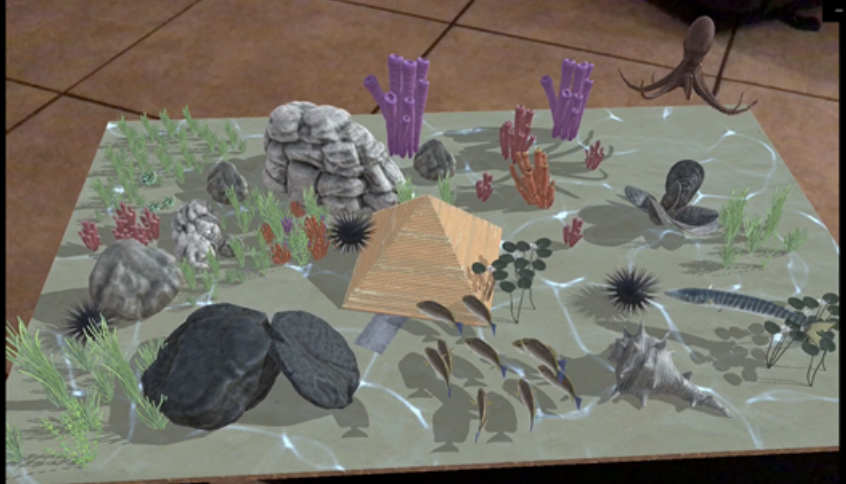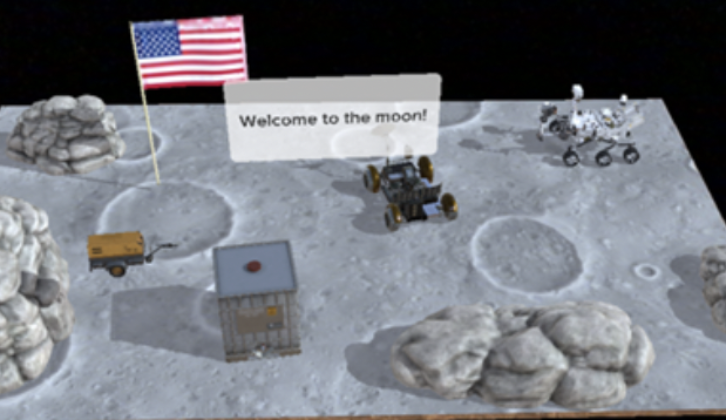Transforming teaching, learning with augmented reality
It is hard to believe that by 2025, the global population will be comprised of 2 billion Generation Alpha members — kids born between 2010 and 2025 — who are on track to be the most technologically infused generation to date. These students have never known a world without the Internet, YouTube or video games.
As an educator, one of the greatest challenges while teaching a lesson is student engagement. As a parent, I see the behind-the-scenes of student engagement and motivation — a lesson that helps me engage students within my own classroom.
So why are we still trying to teach students the same old-fashioned way? Today’s educators must embrace Generation Alpha’s technological skills and help them succeed academically with engaging, state-of-the-art educational technology. Augmented reality is an exciting way forward. I have personally seen the impact AR can have on student engagement, motivation and academic success.
With digital technology, students can take part in experiences that otherwise may not be available. Here are three of my favorite AR resources right now:
Sandbox AR app
The free Sandbox AR app helps teachers like me transform lessons. The beauty of it is the ease of use and freedom of creativity it offers students who are building one-of-a-kind, virtual environments. My students have re-created the moon landing and taken deep-sea adventures.

Looking for an application of AR? To combine STEM and English language arts, I tasked my students to create a fictional virtual scene and then to write a story to explain it. With the ability to free-design or use preset sandboxes such ancient Egypt, space exploration, Mayan civilization, road construction and more, the applications to multiple lessons plans and academic disciplines are vast.
Quiver AR app
Quiver combines physical coloring from back-in-the-day, marker-style activities with ultramodern augmented reality technology. It helped my students bring their unique coloring creations to life.
I’ve used Quiver to teach about the butterfly life cycle, Dot Day, Earth and the continents. Realistic characters engage students while providing useful educational information on topics within science, social studies, English language arts, visual arts and social-emotional learning.
Merge Explorer app
Merge Explorer is the reason I fell in love with augmented reality. It combines AR with science and STEM lessons; has AR views in Cube, World or 3D mode for different ways to interact with objects; and works with both in-person and distance learning. All our science labs could be tackled from home!
In March 2020, it became my go-to resource for our human body unit. Using the Mr. Body topic card activity, my second-grade students could see a cartoonish body in augmented reality identifying the major organs and their function. By the last couple of weeks of distance learning, all my 34 students were able to use the app to increase their engagement, learning and curiosity about the human body.
Tech allows for fundamental education changes
Technology can help us revolutionize education.
According to Klaus Schwab, founder and executive chairman at the World Economic Forum: “We stand on the brink of a technological revolution that will fundamentally alter the way we live, work and relate to another.”
If we truly are to prepare our students for their future, we must grasp the idea that technology is and will surround every aspect of our lives. Technology needs to be at the forefront of education and in all instructional content areas within our schools. AR apps like these are a powerful place to start.
Source: https://corp.smartbrief.com/original/2022/03/transforming-teaching-learning-with-augmented-reality




